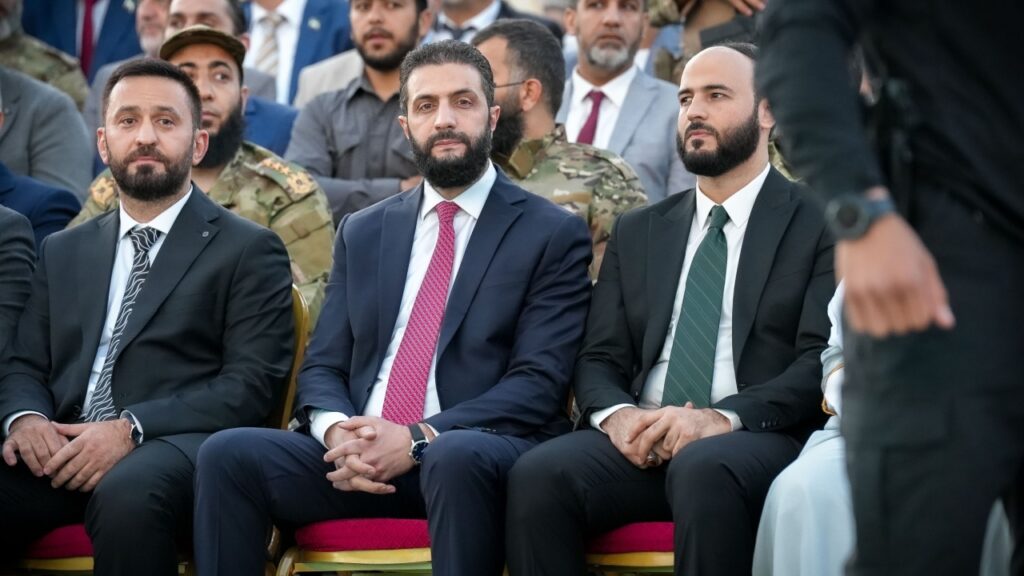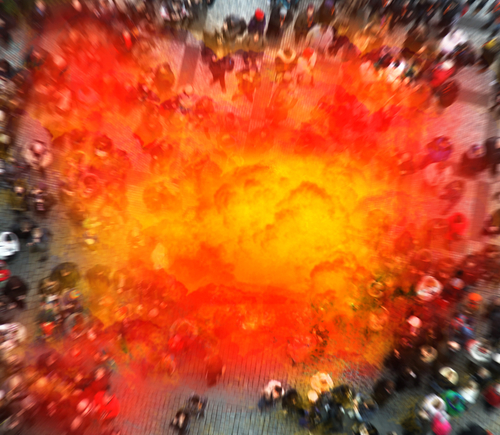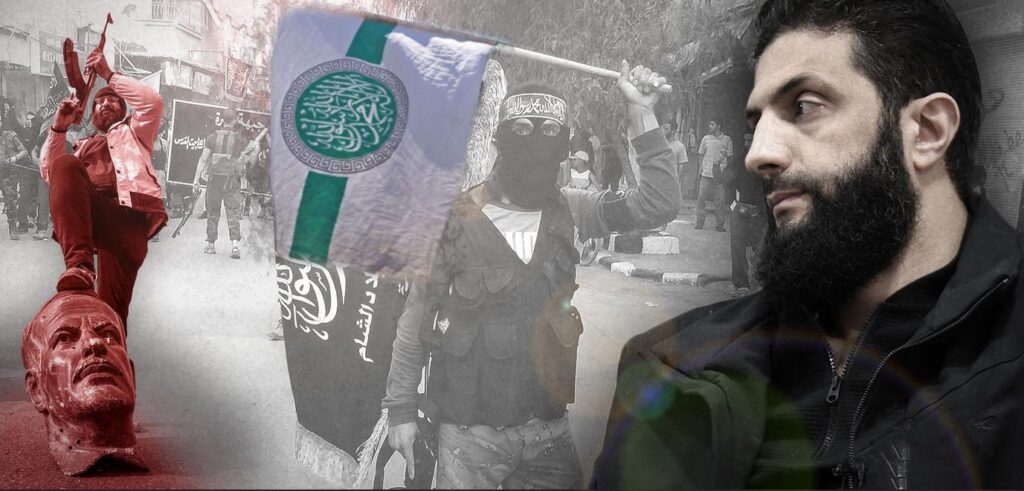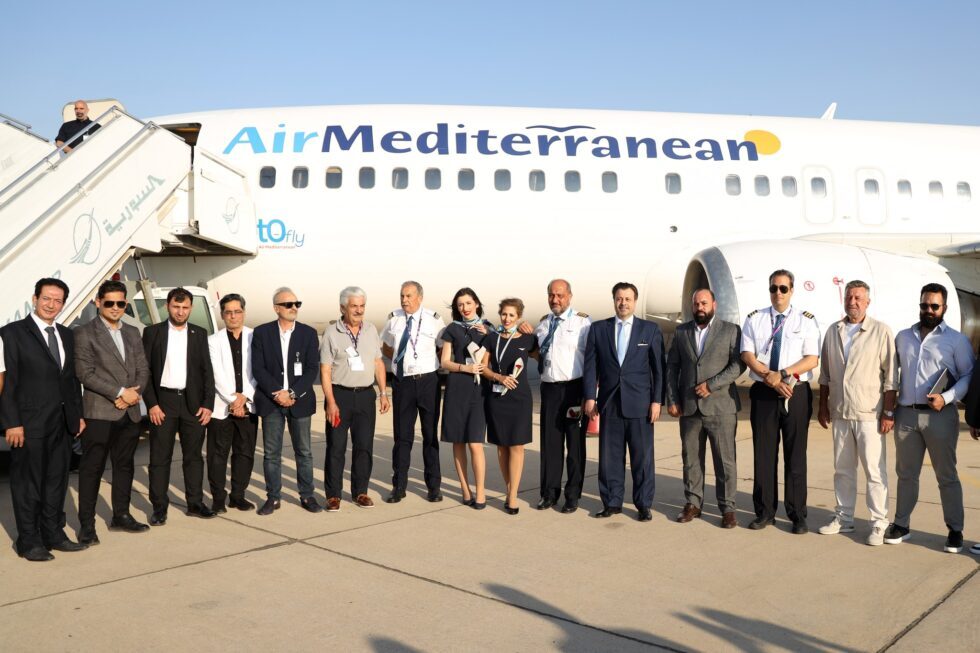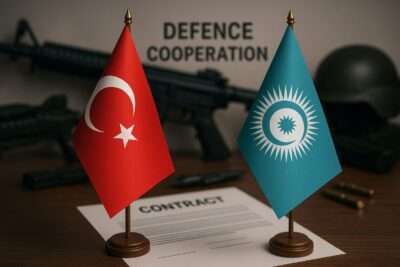Ashes and Shame: A Sunni’s Cry from the Euphrates – The Syrian Observer
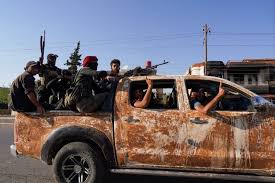
“As an Arab Sunni, I am horrified that what criminal hordes committed is being enshrined as something that represents me or my community morally”, Yassine Sweiha writes.
As an Arab Sunni, I am horrified that what criminal hordes committed—first along the coast, and now in Sweida—is being enshrined as something that represents me or my community morally. I am appalled by the belief, shared by many, that such acts can lead us anywhere politically. The core of this country—its largest and most widely distributed community—must not be reduced to a pitiful reenactment of the Serbs of the 1990s: a blind, hate-filled group locked in a genocidal relationship with everyone around them. The Serbs of the ’90s had a lost paradise—Tito’s Yugoslavia. These heedless neo-Umayyads seem to view their lost paradise as Assad’s Syria, with an Abu Uday flavor. Shame on you for thinking we would become that.

